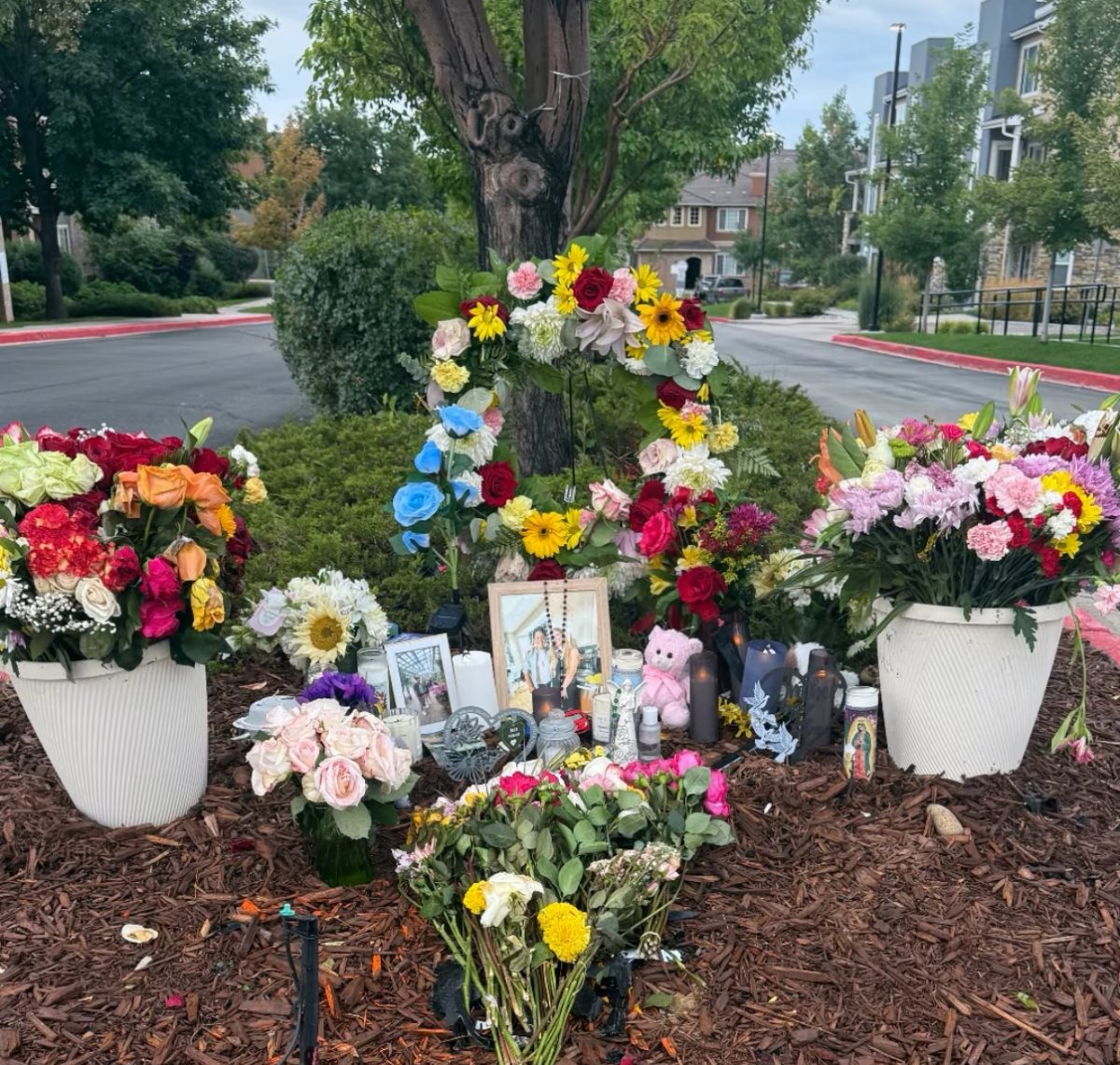As one grows up, Halloween is a holiday to be excited for. It starts with trick or treating around the block during elementary school, then shifts to spending time with your friends during middle school, and eventually going to Halloween parties in high school. However, Halloween has an extensive history that does not just surround parties and sweet treats.
“The Halloween holiday [October 31st] historically is when the veil is very thin between the afterlife and the present life,” Megan Taylor (Social Studies) said.
The tradition dates back about 2,000 years ago when the Celts celebrated their new year on November 1st. The day marked the end of summer harvest and the beginning of the cold winter, which was often a time associated with human death. In turn, they celebrated Samhain (pronounced sow-in) on October 31st, when it was believed that spirits, good and bad alike, returned to earth.
“They wore costumes to ward off evil spirits, which is probably one of the reasons kids wear costumes while trick-or-treating today,” Taylor said.
Hoping for a visit from their loved ones, they would set a table and prepare a feast for them. To ward off evil spirits from their households, the Celts would set out carved pumpkins in front of their doors.
“Eventually, though, the Celts were conquered so the holiday changed a bit,” Taylor said.
Later on, Christianity began to spread into Celtic lands, where their traditions gradually blended with the Celtics.
Pope Boniface IV established the Catholic feast of All Martyrs’ Day in honor of the early Roman martyrs, and Pope Gregory III later expanded this feast to include all saints on All Saints’ Day, which incorporated some of the traditions of Samhain and is still celebrated on November 1st. The evening was known as All Hallows Eve, and later Halloween. But, Halloween hasn’t just been seen as a day to honor the dead.
“I’ve always thought Halloween and trick-or-treating came from the devil or something,” Yumna Hassan (11) said.
When Christianity spread into Celtic lands, some pagan traditions were integrated into the Christian holidays, like All Saints’ Day and All Souls’ Day. However, as Christianity developed, some pagan practices were demonized by the church.
“Although it absolutely has roots in paganism, which is not necessarily anti-religious, when the Catholic church was rising in Europe during the Middle Ages they saw paganism as the antithesis of the standardized religion. Therefore, pagan practices become seen as devil worship, although, they’re not tied to anything dark,” Taylor said.
The American Halloween tradition actually stems from a mixture of holidays made by the Church and the Celts. During All Saints’ Day, impoverished people, mostly children, would go from house to house “souling”. They would get “soul cakes” in exchange for prayers for departed loved ones. They made sure to wear costumes in order to protect themselves from the wandering souls of the dead, which was based on the traditions of Samhain.
“I’m happy about the way Halloween has changed. I think the pumpkin carving, costumes and candy and spooky movies are fun,” Hassan said.








![A Vest Won’t Protect You [OPINION]](https://ghschronicle.com/wp-content/uploads/2025/09/KoltonZuckerVestPosterOffWhite.png)








